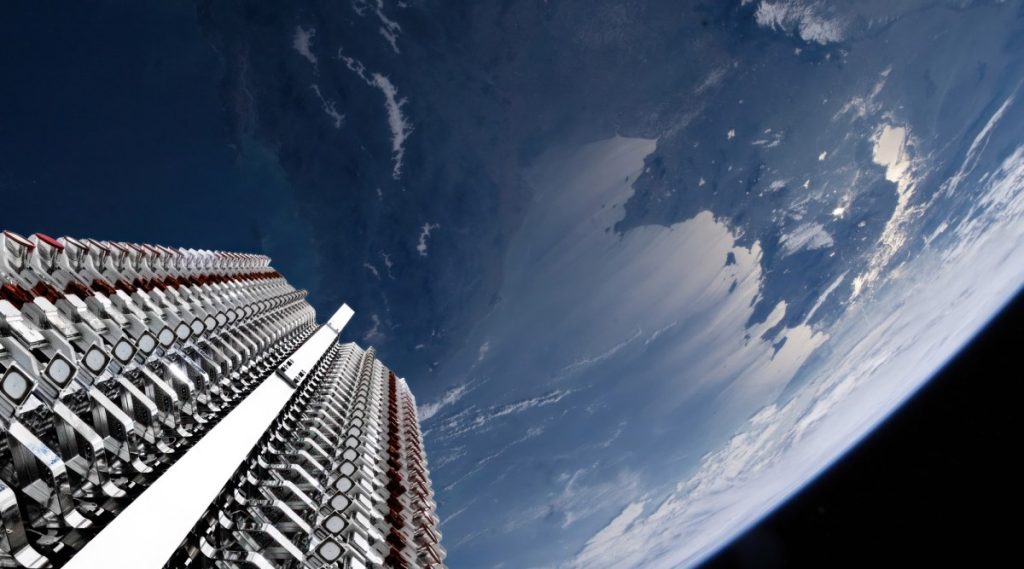
Starlink activates emergency phone connectivity for Hurricane Milton (Image Credit: Space News)
OCALA, Fla. — SpaceX has received emergency temporary approval to provide space-based connectivity to T-Mobile customers in Florida who may lose cellular service due to Hurricane Milton.
A source familiar with the situation said the Federal Communications Commission granted SpaceX a 15-day special temporary authority (STA) for the storm’s projected path across central Florida.
SpaceX said in an Oct. 8 social media post that it has enabled basic texting services on T-Mobile phones in areas affected by Hurricane Milton and Hurricane Helene, following similar regulatory approval granted after Helene caused cellular outages in North Carolina weeks earlier.
The company said it has also activated the more than 100 direct-to-smartphone satellites launched so far to deliver emergency alerts to all phones and carriers used by those affected by the hurricanes.
Announcing an STA from the FCC Oct. 6 to respond to areas affected by Hurricane Helene, SpaceX said basic texting capabilities could be delivered to most cell phones on the T-Mobile network in North Carolina, adding that “all services will be delivered on a best-effort basis” because its direct-to-smartphone constellation had not been fully deployed.
The emergency approvals extend a similar capability satellite operator Globalstar has enabled on recent iPhone models across the United States to Android and other phones.
Apple’s service uses Globalstar’s L-band spectrum, which is cleared for use from space.
SpaceX and other direct-to-smartphone pioneers, such as AST SpaceMobile and Lynk Global, are seeking FCC permission to use frequencies from cellular partners to connect mass-market devices from space on a commercial basis.
“We remain committed to helping with hurricane recovery efforts,” an FCC spokesperson said via email.
“We stand ready to do all that is necessary to return connectivity to hard-hit areas and save lives.”
SpaceX is also offering a free month of Starlink low Earth orbit broadband service for areas affected by Hurricane Helene, not including the cost of ordering and shipping the user terminal.
As of Oct. 8, the company said it had delivered more than 10,000 Starlink kits in response to Hurricane Helene.
Getting into position
Geostationary satellite operators are also gearing up to respond to potential terrestrial communication outages in Florida after helping restore connectivity following Hurricane Helene.
“We have reserve satellite capacity and will work with our disaster response customers to determine what we can operationalize, given the capabilities that exist on the ground,” a spokesperson for Intelsat said.
Intelsat has sent terminals to North Carolina in Hurricane Helene’s wake via emergency response non-profit Help.NGO.
“Many communities are still experiencing zero signal,” Help.NGO operations director Adam Marlatt said in an Oct. 9 email, “making communication and effective coordination of relief efforts impossible. The scale of devastation is tremendous. We are actively working to provide connectivity for responders, community hubs, food distribution centers, emergency operation centers, and more.”
Marlatt said Help.NGO has been utilizing terminals from StarWin and Kymeta to facilitate communications on the move between its teams and partners in North Carolina.
“We’ve already mobilized additional personnel and resources in response to Hurricane Milton,” he added, “with part of our team now deployed in Florida.”








